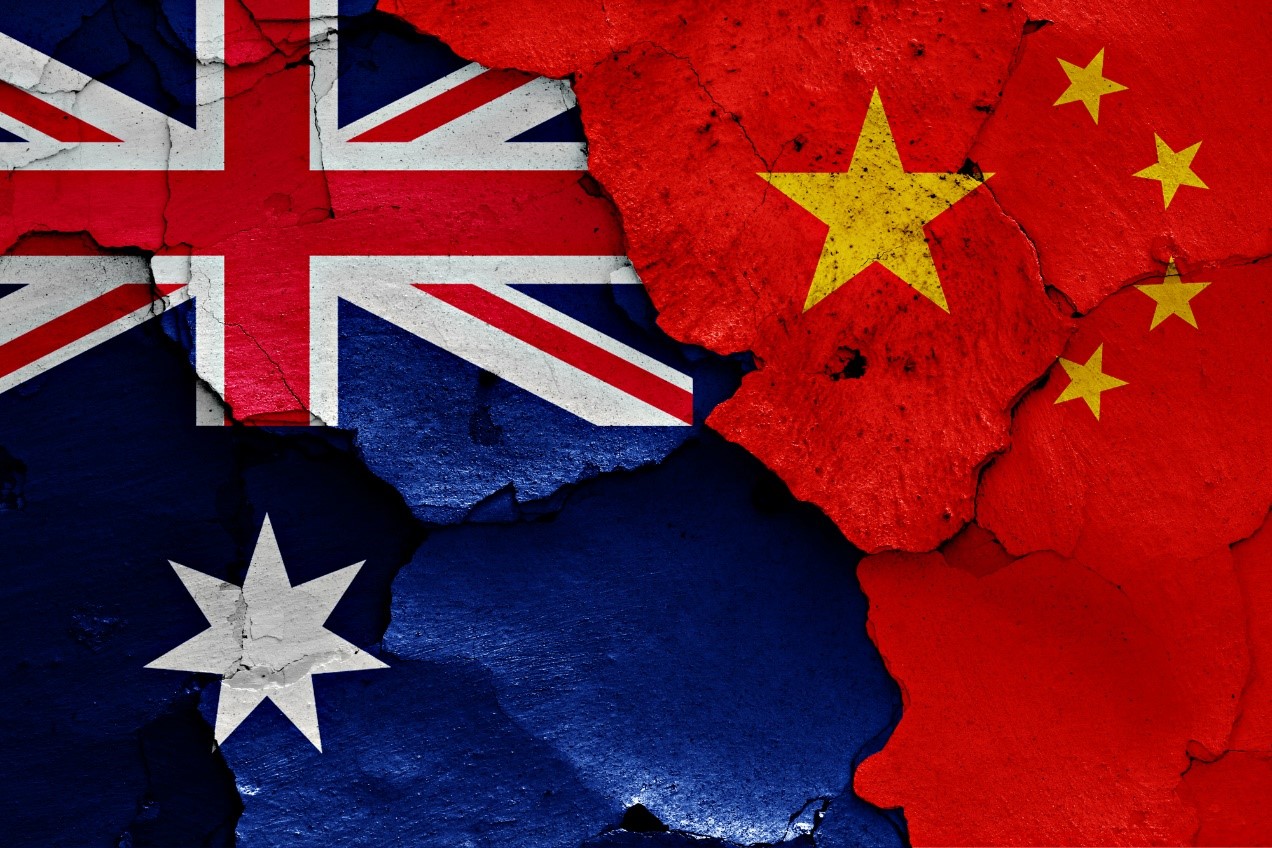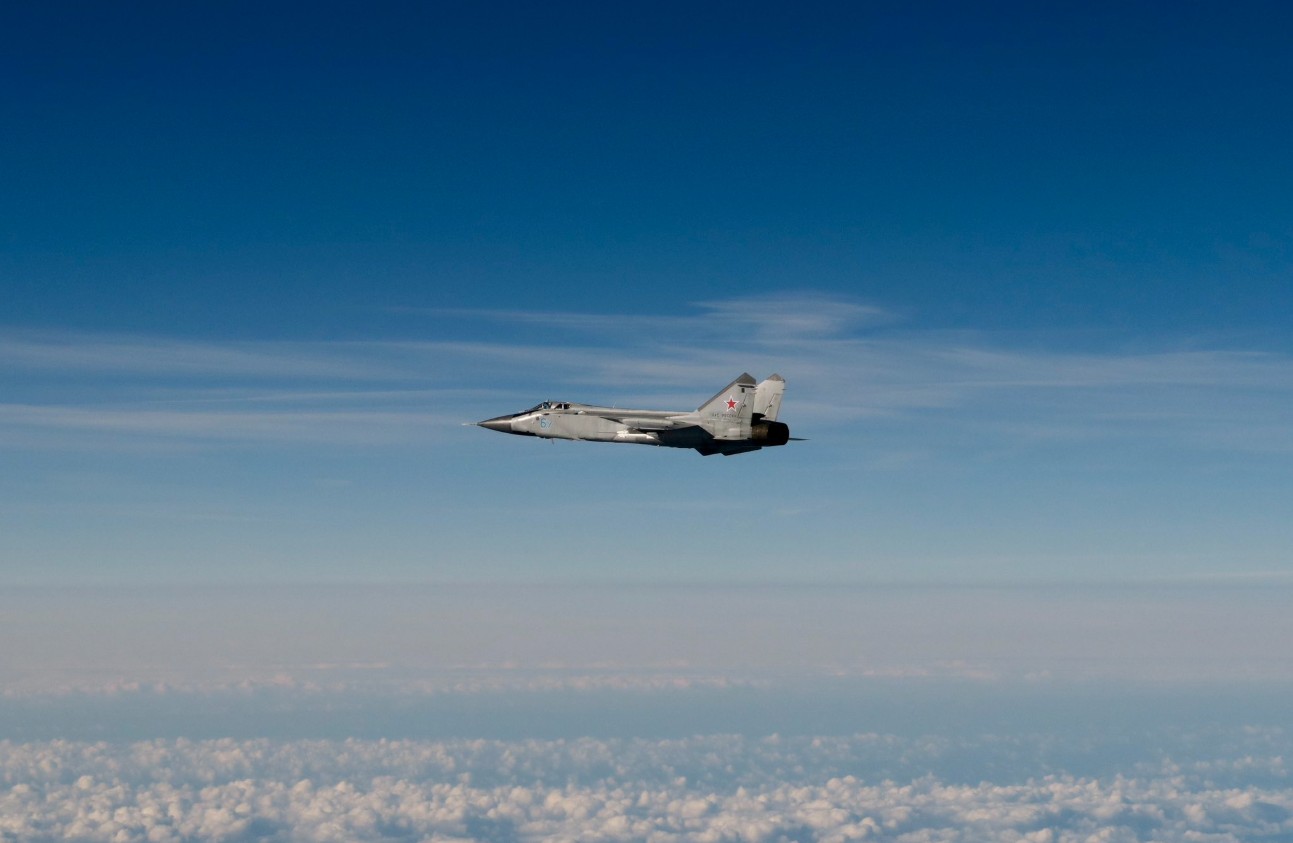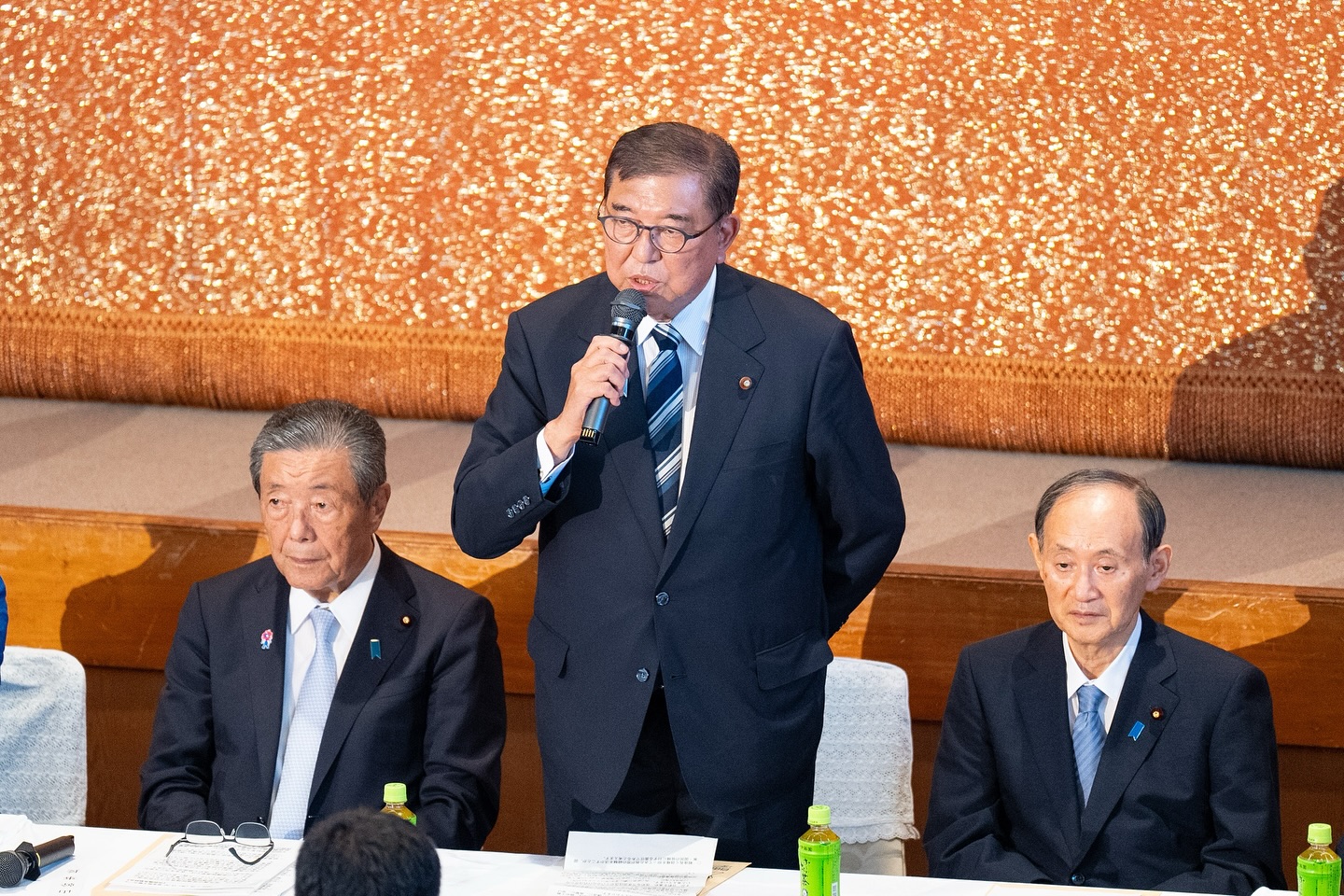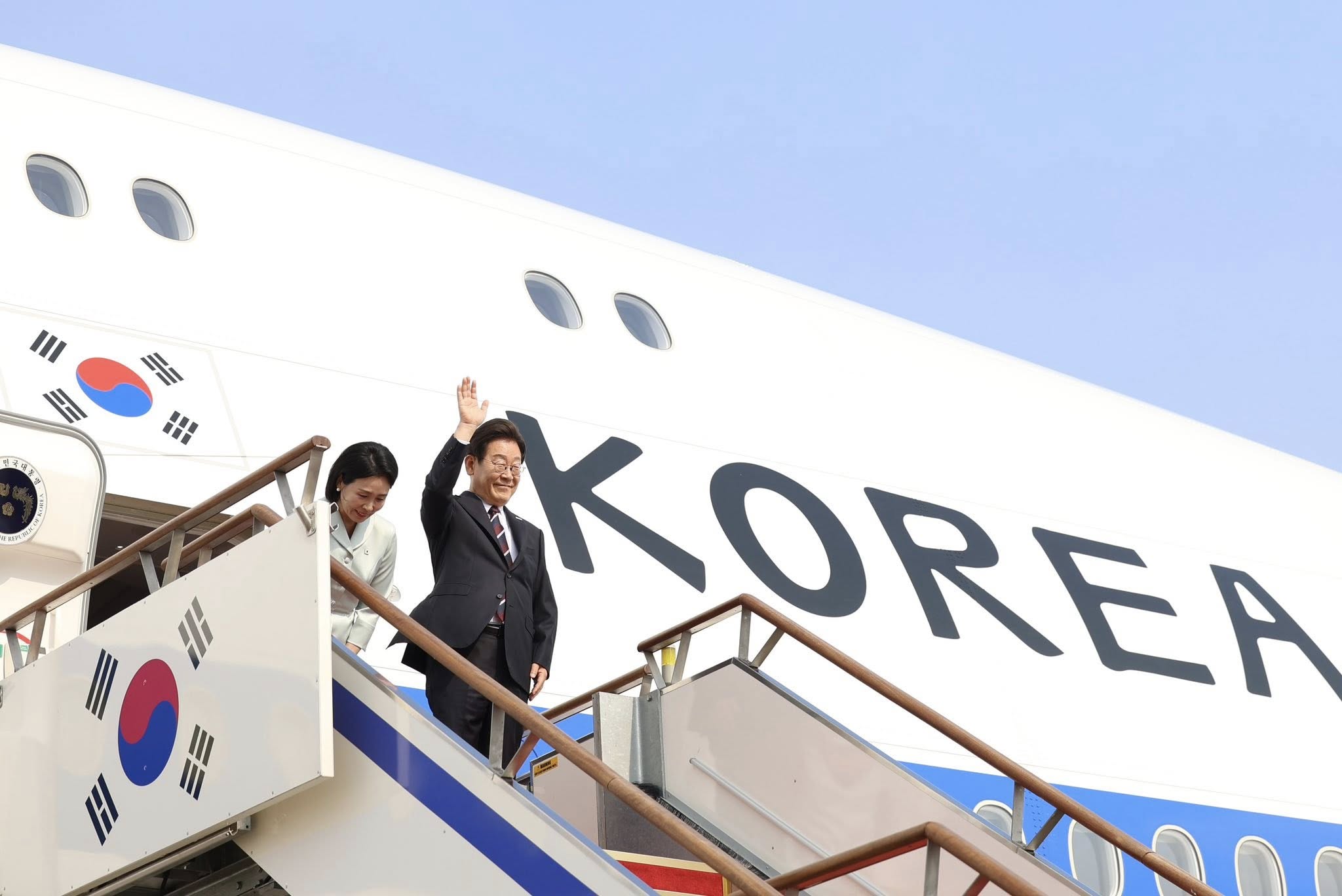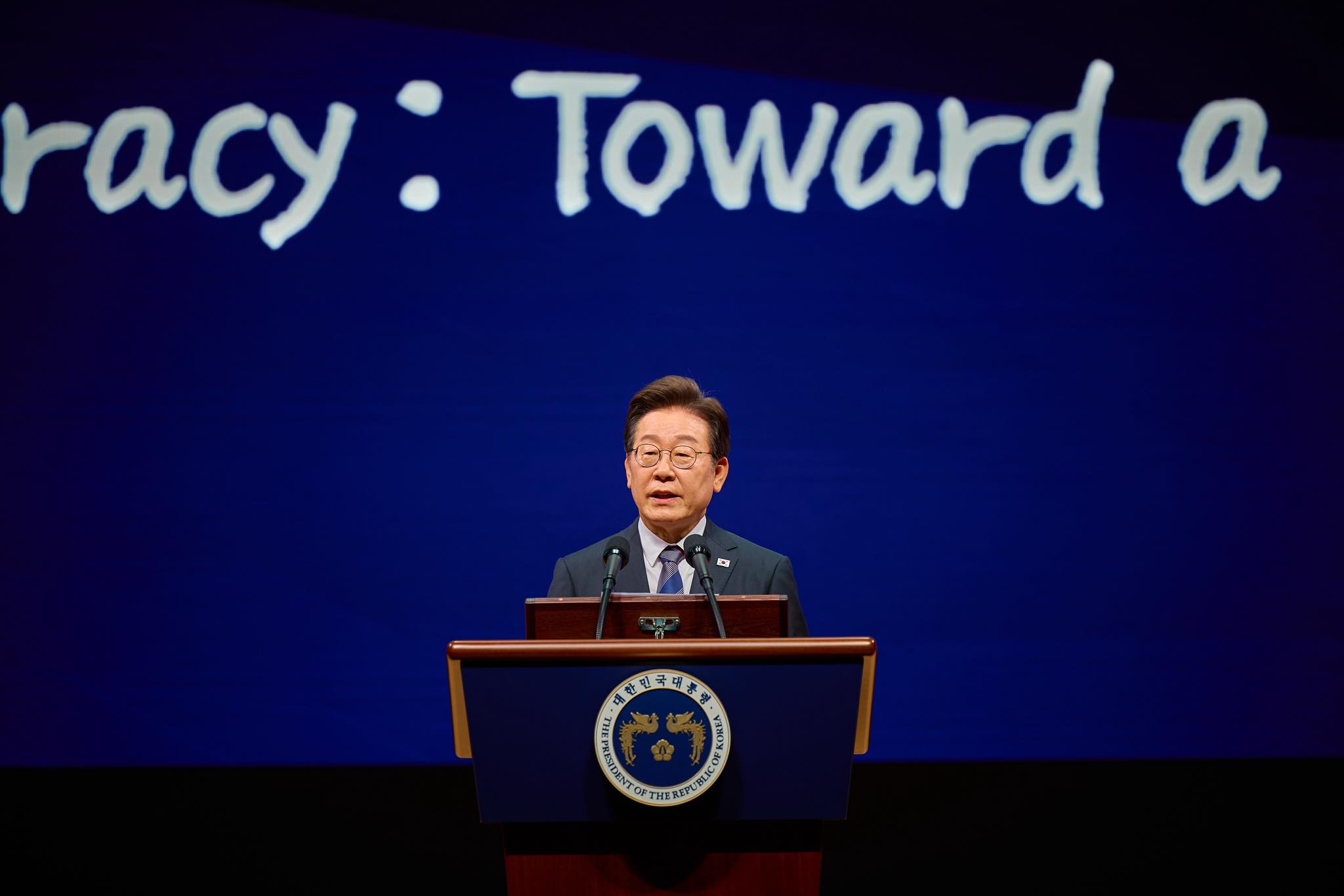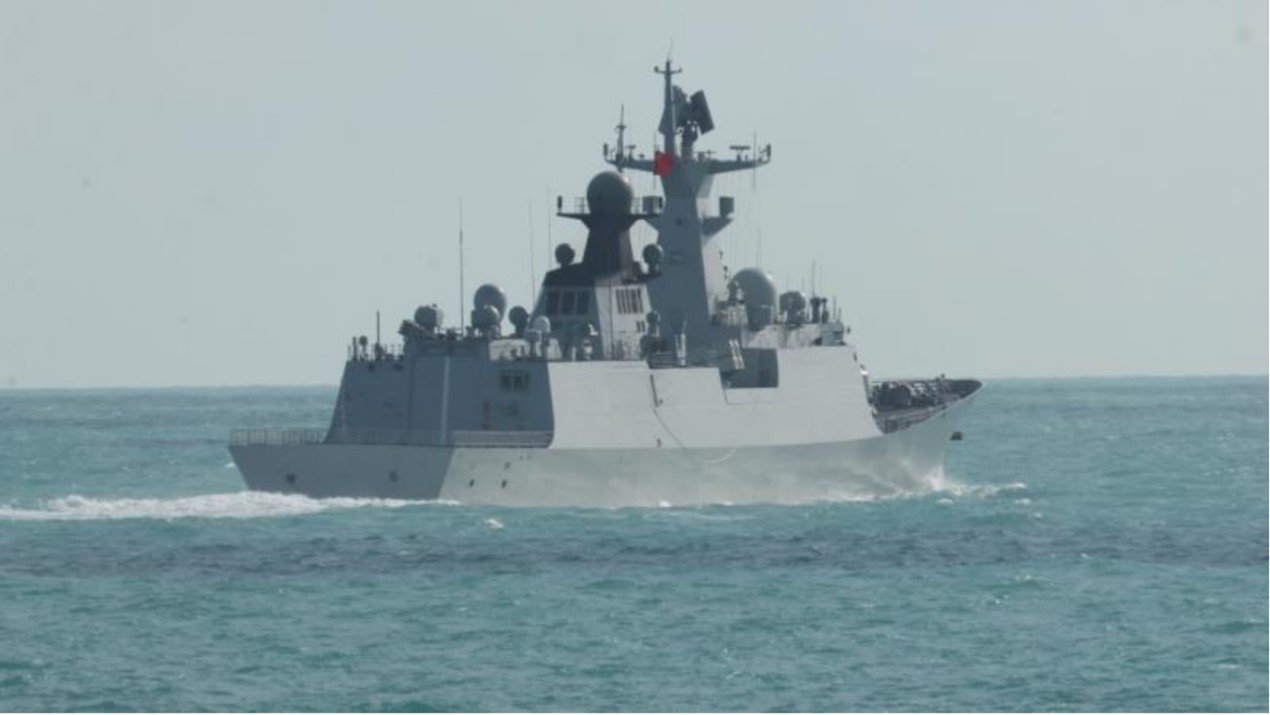Implications of the U.S.-Australia Summit’s Enhanced Bilateral Cooperation for the Indo-Pacific
The outcomes of the 2025 U.S.-Australia summit demonstrate that both sides intend to deepen their alliance on both economic and security levels in order to jointly counter the strategic challenges posed by China. Picture source: The White House, October 20, 2025, flickr, https://www.flickr.com/photos/whitehouse/54874273357/in/album-72177720329880889/.
Prospects & Perspectives No. 60
Implications of the U.S.-Australia Summit’s
Enhanced Bilateral Cooperation for the Indo-Pacific
By Paul A. Huang
On October 20, 2025, Australian Prime Minister Anthony Albanese and U.S. President Donald Trump held their first bilateral summit at the White House in Washington, D.C. During the meeting, both sides signed the United States-Australia Framework for Securing Supply in the Mining and Processing of Critical Minerals and Rare Earths, which aims to safeguard and diversify the supply chains of critical minerals and rare earth elements, enhance bilateral cooperation in mining and processing, and reduce dependence on China’s supply chains. The U.S. also confirmed its commitment to advancing the AUKUS Trilateral Security Partnership and its nuclear-powered submarine program, thereby consolidating defense cooperation between the U.S. and Australia.
The U.S.-Australia summit drew significant international attention, with Prime Minister Albanese describing the new Framework as a “new level” of bilateral cooperation between the U.S. and Australia in economic and defense affairs. This meeting not only represents a promise by Washington and Canberra to strengthen their strategic partnership, but will also have a deep impact on the future security and strategic setting of the Indo-Pacific region. What implications will this meeting have for the regional situation? This article explores this from three main aspects: (1) the weakening of Beijing’s monopoly over global rare earth supply chains; (2) the strengthening of security commitments within the Indo-Pacific; and (3) the intensification of regional strategic competition.
Weakening Beijing’s Monopoly Over the Rare Earth Supply Chain
Today, China controls over 90% of the world’s rare earth refining capacity and has a near-monopoly on the supply chain for the mining, refining, and manufacturing of rare earth elements and permanent magnet materials. This rare earth advantage gives China a very high strategic influence in the global high-tech and defense industry supply system. Since returning to office, President Trump has sought to reduce the U.S. strategic dependence on China, framing this objective as a central component of global economic security. Against this backdrop, the newly signed U.S.-Australia Framework agreement can be viewed as a strategic response to China’s increasingly stringent export controls on rare earths, aiming to enhance supply chain resilience and secure access to critical resources.
According to BBC reporting on the Framework agreement, both countries plan to invest at least US$ 1 billion each within the next six months to develop domestic projects in critical minerals, with total investments expected to reach approximately US$ 8.5 billion. These projects involve a wide range of strategic minerals, including rare earth elements, which play indispensable roles in advanced manufacturing and modern military technologies.
However, achieving independence from China’s rare earth supply chain in the short term remains highly challenging. In the face of increased bilateral investment, establishing a stable and self-sufficient supply chain could take more than a decade. Besides, while Australia owns abundant rare earth reserves (according to the New York Times, Australia possesses at least 5% of the world’s rare earth reserves, accounting for approximately 8% of global rare earth production), the country faces structural constraints such as high energy and labor costs, as well as stringent ecological regulations, which may hinder the expansion of production capacity. Moreover, If China adopts further market intervention strategies, such as suppressing global rare earth prices through overcapacity, it will also weaken the economic viability of rare earth mining plans in the U.S. and Australia.
Strengthening Security Commitments in the Indo-Pacific
Since the end of the Second World War, the U.S.-Australia military alliance has served as a basis of stability and security in the Western Pacific. During the 2025 summit, the U.S. reaffirmed its commitment to advancing the AUKUS Trilateral Security Partnership, symbolizing the continuity and deepening of Washington’s strategic engagement in the Indo-Pacific. This renewed commitment also reinforces the confidence of regional security partners in the U.S. alliance network.
AUKUS, launched in 2021 under former Australian Prime Minister Scott Morrison, was designed to counterbalance China’s expanding military influence and to strengthen trilateral cooperation in defense technology. The thirty-year agreement, valued at around US$ 227 billion, envisions Australia acquiring at least three Virginia-class nuclear-powered attack submarines from the U.S. in the early 2030s, with the option to purchase two additional vessels. In the following decade, the three partners plan to jointly develop a next-generation AUKUS-class attack submarine, marking a significant leap in technological and industrial collaboration.
During the summit, President Trump affirmed that, under his “America first” policy, the U.S. would continue to advance the AUKUS program and emphasized that the construction of Australia’s nuclear-powered submarines was “just going now full steam ahead.” This statement dispelled external doubts regarding the program’s progress and underscored Washington’s determination to sustain its defense commitments to Canberra. Although uncertainties remain as to whether Australia will ultimately succeed in building a fully operational nuclear-powered submarine fleet, the summit clearly demonstrated a strengthening of the strategic cohesion underpinning the U.S.-Australia security alliance.
Intensifying Regional Strategic Competition
The U.S.-Australia summit demonstrated an intention to contain China on both economic and security fronts. The cooperation on rare earth elements seeks to weaken China’s economic leverage, while the advancement of the AUKUS partnership reinforces military deterrence in China’s periphery. Such developments are likely to provoke concern in Beijing authorities and could prompt China to adopt more assertive countermeasures in the Indo-Pacific, thereby heightening regional strategic tensions. For example, by tightening controls on rare earth exports and reinforcing its military deployments.
Within the wider context of the spiraling U.S.-China strategic competition, the deepening U.S.-Australia cooperation serves to safeguard the allies’ security interests, but it could also emerge as a cause of regional instability at the same time. The issues of rare earth supply chains and AUKUS cooperation represent pivotal points of economic and military competition, respectively. However, the countries most affected will be the small and medium-sized countries in the Indo-Pacific, whose limited capabilities make them particularly vulnerable to the impacts of intensified great-power competition. As polarization deepens, these states may find themselves compelled to make increasingly difficult geopolitical choices between the two competing power centers, thus accelerating the fragmentation of the regional security framework.
Conclusion
In general, the outcomes of the 2025 U.S.-Australia summit demonstrate that both sides intend to deepen their alliance on both economic and security levels in order to jointly counter the strategic challenges posed by China. The development of cooperation on rare earth elements is expected to enhance supply chain resilience, while the implementation of the AUKUS agreement strengthens the U.S. -Australian military presence in the Indo-Pacific region. Collectively, these initiatives are likely to reinforce the U.S.-led regional security framework, elevating the strategic influence of Washington and Canberra within the region in the future.
But it is worth noting that this development may also be seen by China as a challenge to its supply chain and strategic space, so triggering countermeasures at the economic, diplomatic and even military levels. Whether the situation in the Indo-Pacific region will stabilize in the future, that will depend on whether the U.S. and Australia can strengthen their alliance while maintaining the regional balance of power and avoiding escalating confrontation. In other words, the deepening of U.S.-Australia cooperation represents both an opportunity and a potential risk, with its long-term implications yet to be fully observed.
(Dr. Huang is Associate Research Fellow, Division of Defense Strategy and Resources, INDSR.)




